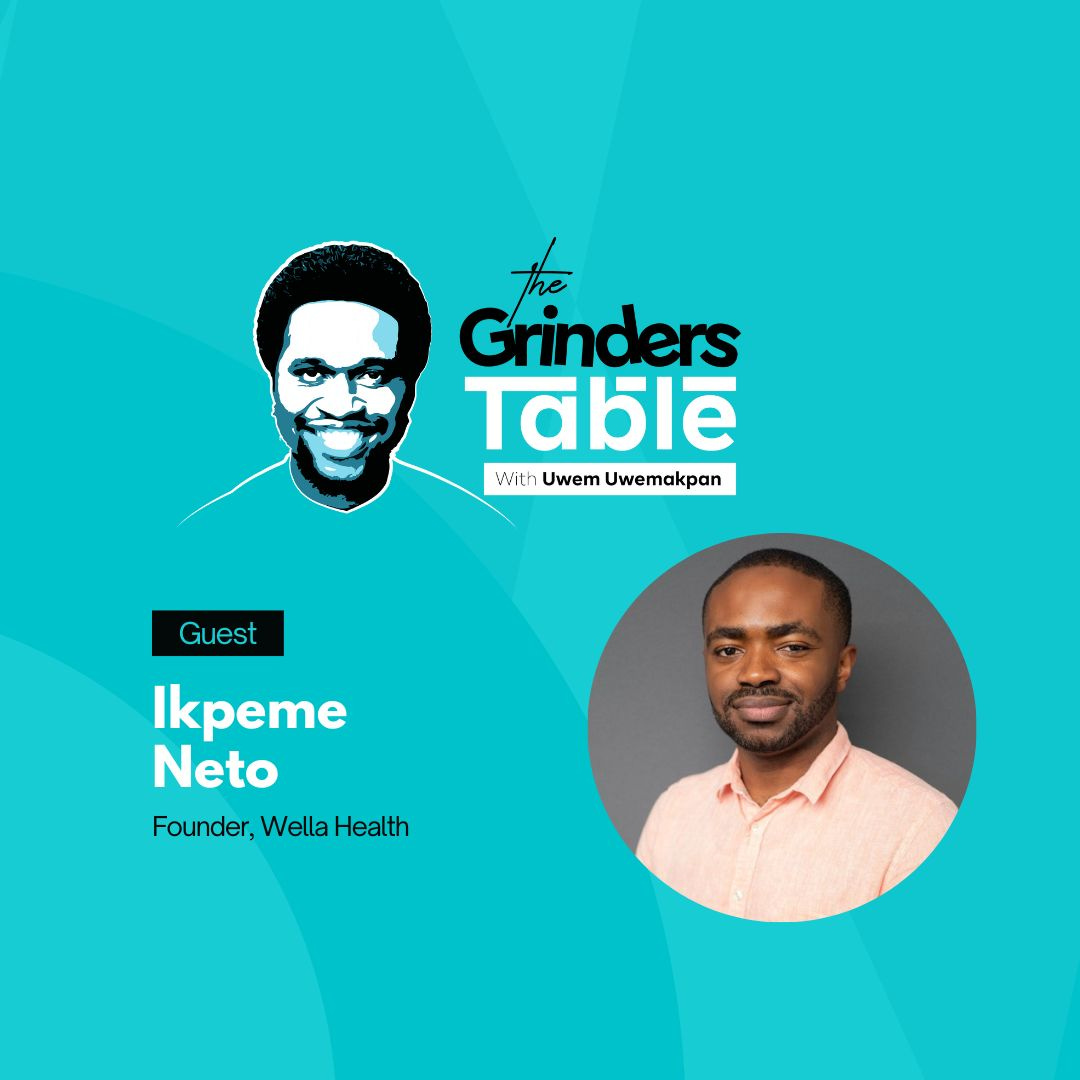Hello Grinder,
Before I dive into biases and how to identify them, I spent 30 minutes last week in deep conversation with Ikpeme Neto, where he shared his journey into tech from being a trained physician to building a tech startup, as well as lessons on hiring, the saviour syndrome, pivoting et al. Click here to listen and subscribe or search for “The Grinders Table” on your preferred podcast app.
Let’s dig in!
I’ve spent years either investing in startups, reviewing deals with investors, mentoring founders or interacting in startup communities and one thing I see influence most decision-making (for better or worse) are the biases that people have even though they aren’t aware of it.
What’s worse is that these people in question do not know that they have these biases and swear that they are acting or making decisions logically. The question of ‘logic’ will be addressed another day because logic is subjective.
What are biases, particularly unconscious biases?
Unconscious bias refers to the automatic and often unintentional judgments we make about people based on factors such as their appearance, background, or behaviour. Unconscious bias can affect our decisions in all aspects of our lives. This can also lead to discrimination, prejudice, and stereotypes that eventually harm individuals and groups.
One way to illustrate unconscious bias is to use an analogy of a fish in water. A fish may not be aware of the water that surrounds it, because it is so accustomed to it. Similarly, we may not be aware of the biases that influence our thinking, because they are so ingrained in our culture and society. We think it’s the norm. Just like a fish needs to be taken out of the water for it to see the enormity of its surrounding environment, we need to examine our own biases and challenge them with evidence and empathy.
If you think my commentaries and writings are valuable, please share this email with someone you think will find it interesting. If someone forwarded this email to you, you can subscribe for future free emails here.
The fact is, we all have our biases. What’s important is that we are aware and know when not to let it wholly influence our decision-making. By seeking out diverse perspectives and experiences, questioning our assumptions and stereotypes, and providing feedback and accountability to ourselves and others, we can put our unconscious biases in check.
Here is a short exercise that can help you identify unconscious bias:
What are some of the values, beliefs, and attitudes that you hold? How might these influence your perceptions of others?
Think about a recent interaction you had with someone who is different from you in some way (e.g., race, gender, sexuality, ethnicity, ability, age). How did you feel during the interaction? Did you have any preconceived notions or assumptions about the person?
Consider how your unconscious biases may have influenced your behaviour during the interaction. Did you treat the person differently than you would have treated someone who is more similar to you?
Make a conscious effort to notice your responses to different people and situations. Pay attention to any patterns that emerge and try to identify any unconscious biases that may be influencing your behaviour.
Remember that everyone has unconscious biases and that identifying them is the first step towards overcoming them. Our biases are influenced by our experiences and environment, which in itself is ok. However, becoming aware of them and not letting these biases affect how well we treat people or make fair decisions should be your goal.
What biases are you committing to changing today?



